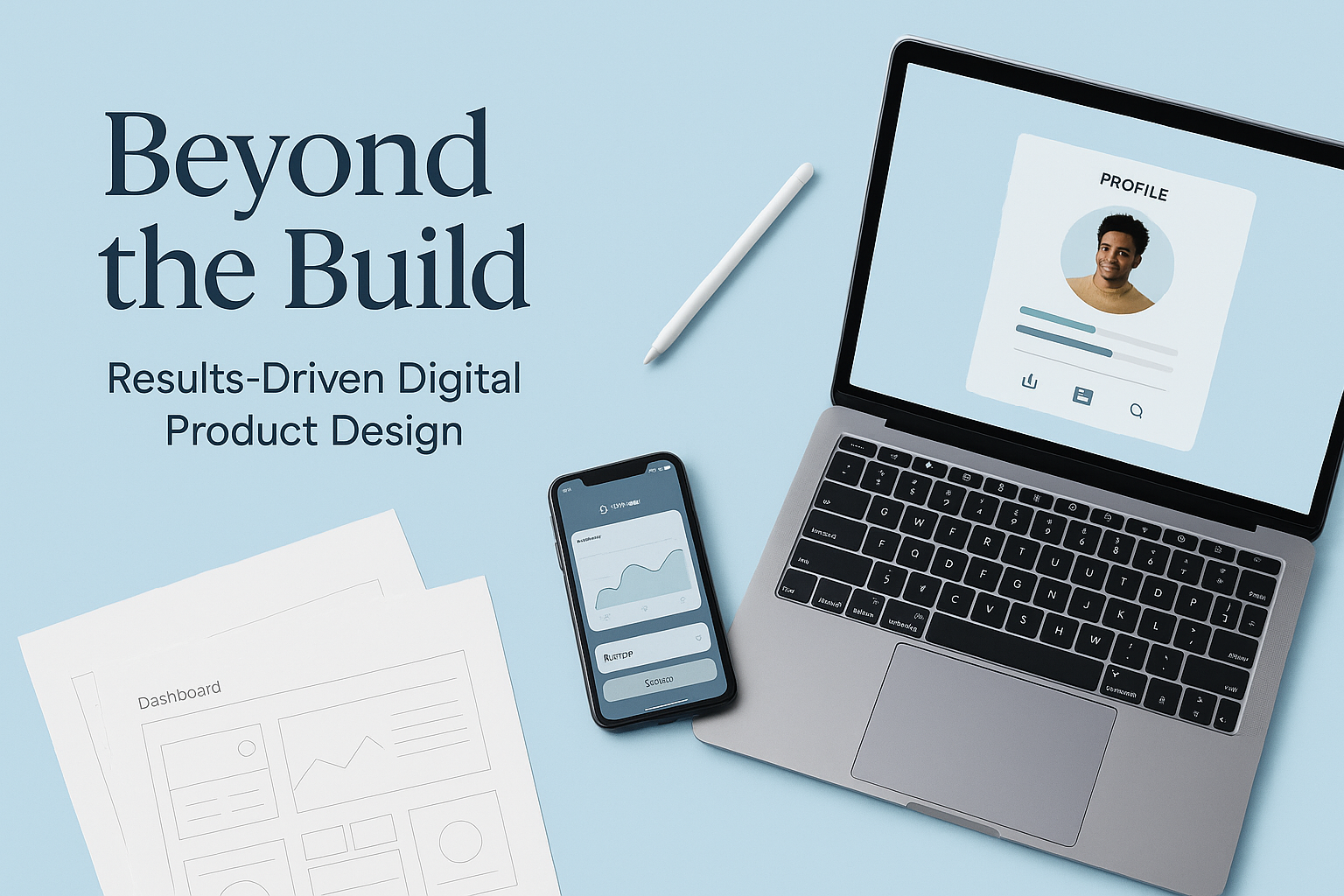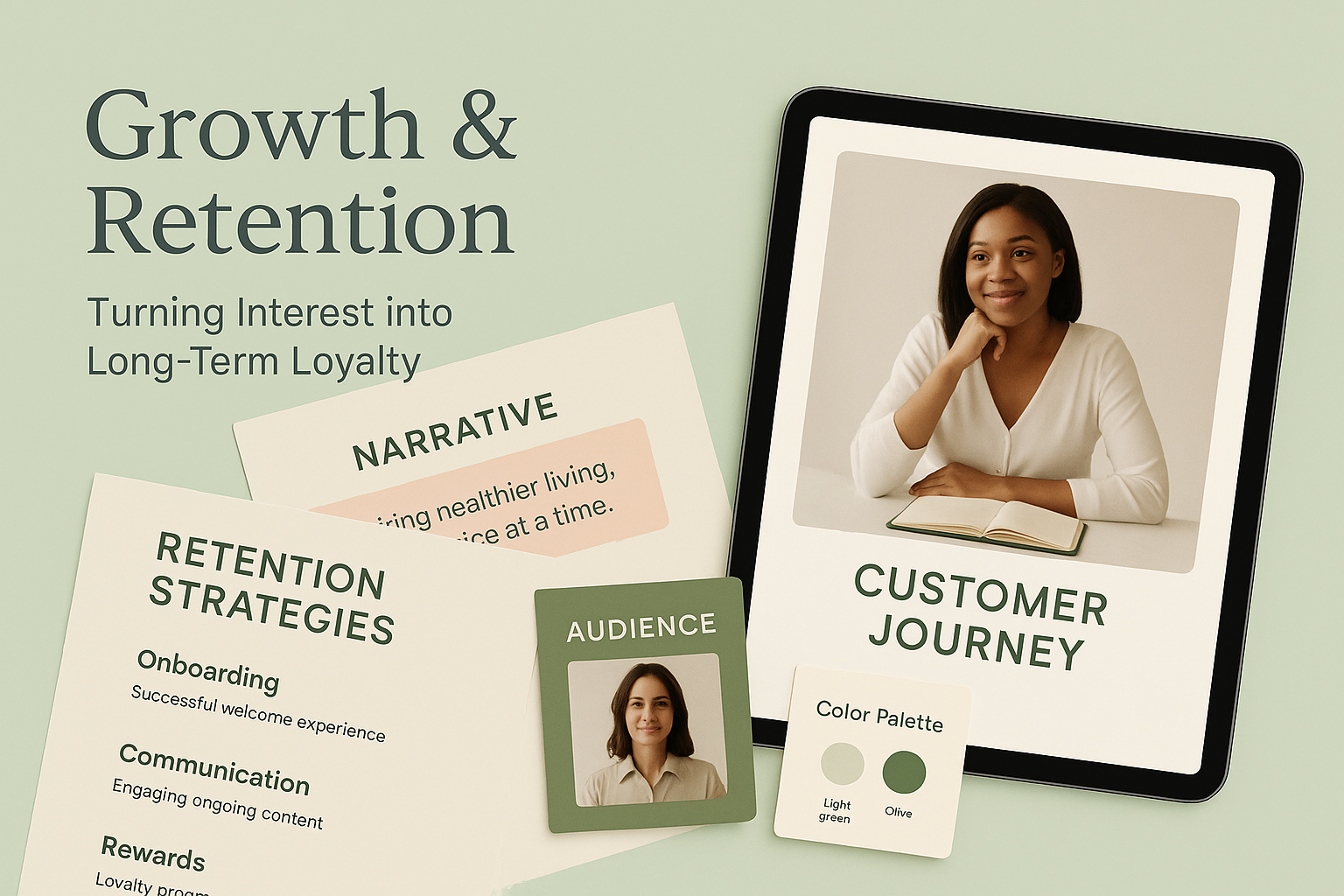Beyond the Build
Results-Driven Digital Product Design

Content Highlights
Overview Challenges in Digital Product Design Research-Driven Discovery Process User Experience Strategy UI Design & Design System Creation Development & Cross-Platform Delivery Performance Optimization & QA Impact & Measurable Outcomes Frequently Asked QuestionsOverview
“Beyond the Build” tells the story of how Brandube helped a tech-driven platform scale its digital experience through a human-centered, performance-focused design approach. The case highlights our end-to-end capabilities in strategy, design, and development — delivering a product that feels intuitive, functions beautifully, and adapts over time.
Our mission wasn't just to deliver screens, but to build a scalable design ecosystem that could evolve with the brand’s roadmap and customer needs. This demanded agile thinking, cross-functional collaboration, and an unwavering commitment to user experience.
Challenges in Digital Product Design
The client was scaling fast but their digital product had grown disjointed. Pages lacked consistency, navigation was unintuitive, and updates were slow due to a fragmented design-to-dev handoff. Engagement metrics reflected the friction — with abandonment rates high and activation lagging behind projections.
The challenge wasn’t just aesthetic — it was structural. The brand needed a framework that could support rapid iteration, future features, and dynamic personalization — all while remaining stable and performant across devices.
Research-Driven Discovery Process
We started with qualitative and quantitative research: stakeholder interviews, analytics audits, UX reviews, and competitive benchmarking. Heatmaps and funnel tracking revealed user confusion and misalignment between business goals and user behavior.
- User path drop-offs: indicated complexity during onboarding
- Persona gaps: missed opportunities to speak to different user intents
- Feature underutilization: suggested unclear value propositions
This led to a set of foundational insights that became the blueprint for redesigning the entire product experience with precision.
User Experience Strategy
Our UX team restructured the product’s architecture around user needs. We introduced simplified flows, prioritized content based on task importance, and designed micro-interactions to guide users without creating noise.
- Reduced steps to core actions by 30%
- Created modular wireframes for rapid iteration
- Mapped behavior-based triggers to personalize flows
The outcome was a digital product that didn’t just work — it made sense. Every click felt natural, every screen purposeful.
UI Design & Design System Creation
We built a component-based UI system that aligned branding with product functionality. The design system included typography, color palettes, spacing rules, states, and documentation — ensuring consistency across future features.
- Atomic design principles for scale and reuse
- Design tokens exported directly into code
- Responsive grids and accessibility-focused color contrast
This design system didn’t just guide the UI — it empowered internal teams to move faster and with confidence long after handoff.
Development & Cross-Platform Delivery
Working closely with engineers, we ensured the transition from design to code was seamless. We used React, headless CMS integration, and a mobile-first development strategy to ensure universal usability and speed.
- Optimized components using lazy loading and code splitting
- CMS architecture allowed non-dev teams to manage content
- Ensured Web Vitals met Core Web performance standards
Testing was continuous — from unit testing to user acceptance — guaranteeing stability and delight on every screen size.
Performance Optimization & QA
Speed and reliability are core to great product design. We ran audits using Lighthouse, GTmetrix, and BrowserStack to catch performance gaps and cross-browser issues before launch. Every animation, image, and script was reviewed for optimal load times.
- PageSpeed score: improved from 61 to 95
- Time to Interactive: reduced by 1.4s
- First Input Delay: now under 100ms
Users felt the difference — faster loads, smoother transitions, and zero frustration across key tasks.
Impact & Measurable Outcomes
Within 3 months of launch, the platform saw remarkable improvements across engagement and conversion KPIs:
- +55% increase in user activation rate
- +72% growth in mobile task completions
- +120% increase in returning user sessions
- +31% lift in Net Promoter Score (NPS)
This case proves that smart design isn’t cosmetic — it’s foundational to digital growth, user trust, and product success.
Frequently Asked Questions
- Why did you use Webflow instead of coding from scratch?
It reduced build time by over 70% and empowered the client team to manage updates without dev reliance. - Can Webflow handle scaling?
Yes. For content-heavy and marketing-focused products, it scales well. For custom back-end logic, we use hybrid stacks. - How long did the full process take?
6 weeks — including strategy, design, testing, and deployment. - Can this approach work for enterprise products?
Absolutely. We customize based on scope, but foundational UX and agile delivery principles apply at every level.

